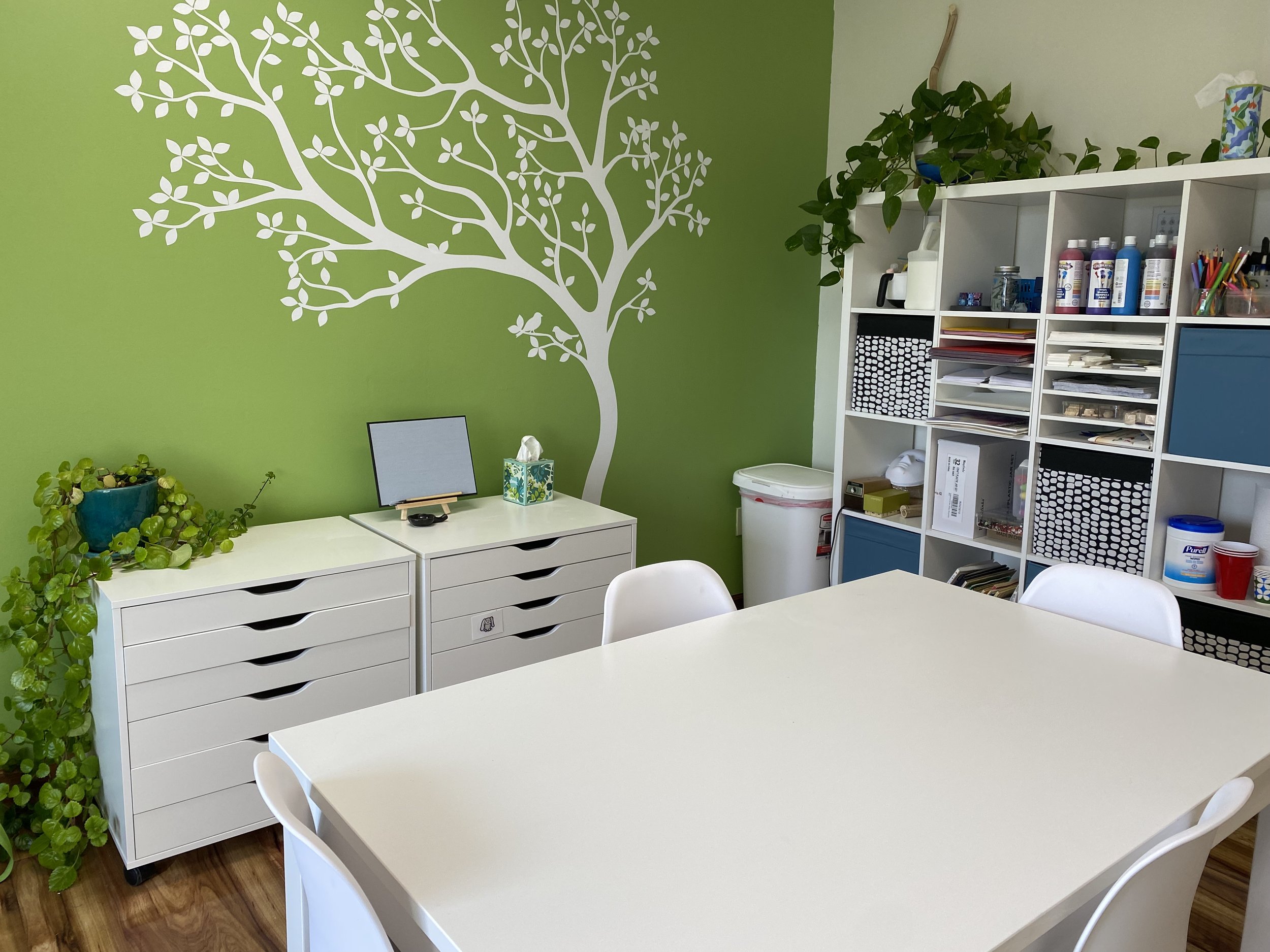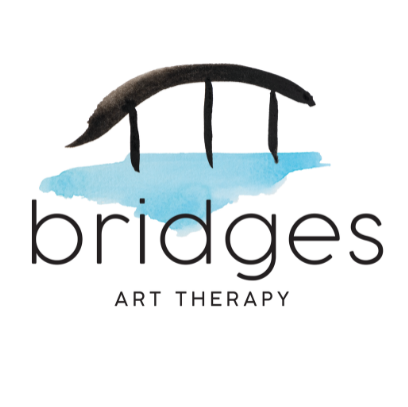
Clinical
Supervision
60 minutes | $85Art therapists working towards becoming a registered art therapist (ATR) can work with me to obtain their supervision hours. Session can be weekly or every other week, online or in person.
Supervising new art therapists is one of my favorite parts of my job. Whenever possible, I integrate art making into the supervision sessions both as a way to practice what we preach but also to give my supervisees a chance to do the selfcare we all know is so important.
When I first started supervising new art therapists, I mostly focused on their clinical work and supporting them with that. Of course, that IS an important part of the work but over the years, I have developed a supervision style that addresses several pillars of the work a new art therapist needs to consider. These include:
Creating an art therapy community
Art therapists often find themselves working in a silo as the only art therapist at an agency. Developing a community of other art therapists to connect with and process the work with is crucial to staying energized and committed to the field. These communities may involve a group of art therapists who get together for art making but also may include things like advocacy work that looks at legislation to support the work we do.
Representing the Field of Art Therapy
Because we often find ourselves on teams where there are people who do not know a lot about art therapy, we need to learn to share about the work we do: our scope of practice, ethical considerations, the therapeutic value of art therapy and the training required to practice art therapy. Sometimes team members may ask you to share a curriculum or teach them how to “do art therapy.” Navigating these situations with grace, humility and finesse is a skill that takes time to develop. As a seasoned art therapist, I will help new art therapists address these situations with ease.
Developing an Identity as an Art Therapist
Each art therapist develops into a unique clinician with particular passions for the work we do. Exploring and honoring the parts that make you the therapist you are is an important part of supervision.
Developing a Selfcare practice
In the world of therapy, we often talk about the importance of selfcare but making that a priority for ourselves often does not happen. Helping new art therapists develop self-care practices is a passion of mine. We can do small 10 seconds activities throughout the day that are self-care; But also finding ways outside of work to replenish ourselves as artists is so important.
Name It to Tame It
As therapists we all have responses to what our clients bring to the therapy session…whether its transference/countertransference, vicarious trauma or perhaps if we are lucky, vicarious healing and resilience. Recognizing, naming and processing these reactions help us to be more insightful and empathetic clinicians.
Feel free to reach out to me if you have additional questions about ATR supervision.


